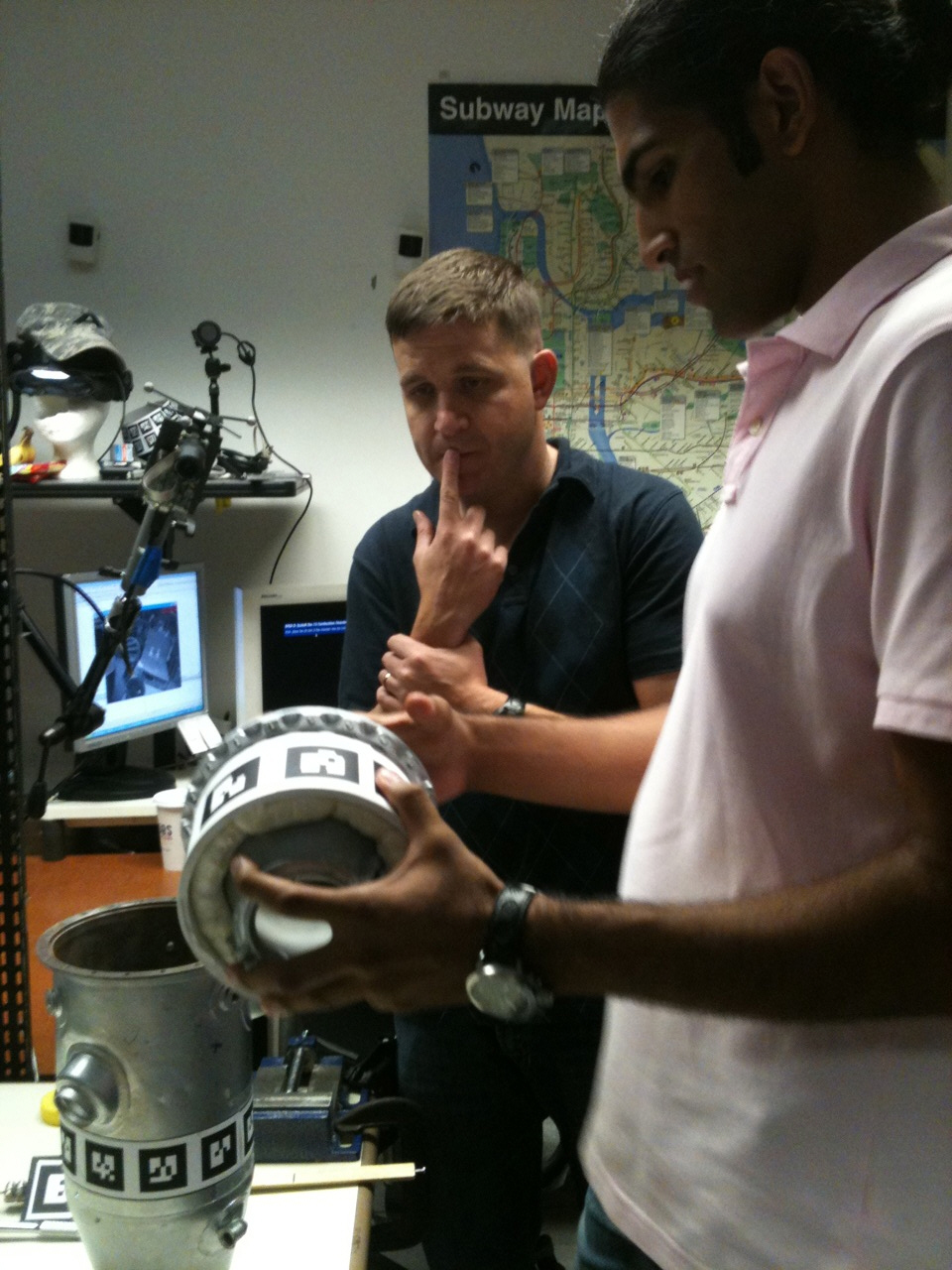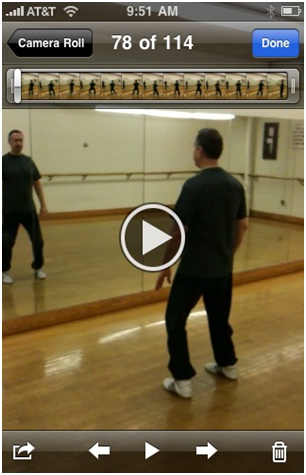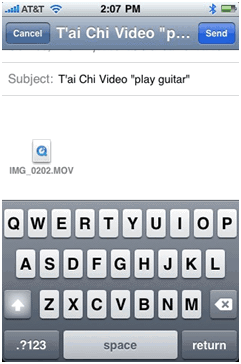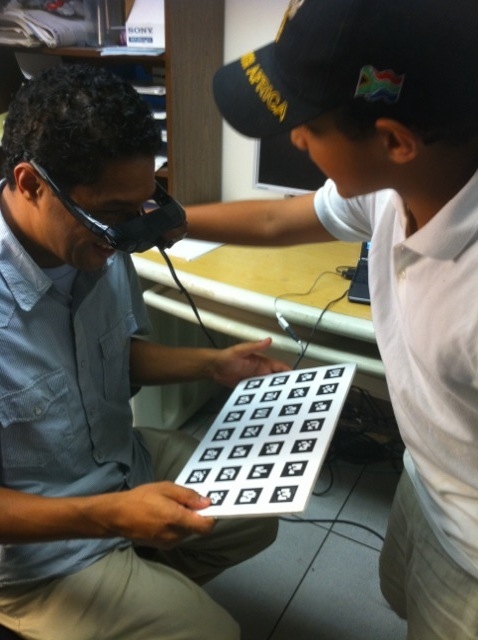Key Takeaways
- Teaching a cutting-edge educational technology course requires making connections to preexisting knowledge in a conceptual educational framework.
- A new course advised students on projects covering international health, language learning, and interactive classroom response systems to demonstrate the potential omnipresent use of mobile phones for learning interventions.
- Carefully considering how to reach nontechnical people and how to determine their needs will help improve the diversity of and interactions with mobile phone learning opportunities.
In 2008, we (Dominic Mentor and Nabeel Ahmad) were in the same educational technology doctoral cohort at Columbia University's Teachers College, pondering issues of computer literacy and computer access that still challenge the educational realm. We realized that in many communities around the globe mobile phone ownership has helped people bypass some digital divide issues. From Africa and Asia to the Americas, rural, impoverished communities or those with limited computer literacy have affordable technology in their hands and use it to great effect.1 The technology of choice is the mobile phone because it gives people the ability to communicate and connect with friends and family, schedule appointments and reminders, and play games.
Dominic's focus on social connectedness through text message communication for educational and business purposes complemented Nabeel's exploration of mobile device effects in the workplace on learning and job performance. Normally, people would not think of mobile phones as suitable for education, yet both of us believed that mobile phones offered unique and ubiquitous educational opportunities. The onset of the mobile revolution saw many schools offering mobile computing courses where students learn to program for an iPhone or Android app.2 Despite this upswing of mobile programming courses, no graduate course yet covered the use of mobile phones for teaching and learning. We decided to create one.
Class Overview
While presenting mobile-learning workshops, we quickly found that interest in the subject matter often came with apprehension — many prospective students asked if they needed to have programming skills or possess a technical background. They don't. In fact, in our m-learning course students design the learning activity and inform the human user interface. If programming is needed, students have the instructional design models in place for a programmer to follow. Because the course is situated within the computing technology division, students have access to programmers there as well as at Columbia's computer science department. The students' role is to understand how to leverage the educational value and proper use of mobile phones for learning. As one student commented:
"I had no clue so many opportunities were available via mobile learning. It truly opens up the door to possibilities that I had otherwise not considered."
Teaching a mobile phone course requires bridging the gap between the affordances of m-learning and students' prior knowledge. This became a core focus of the curriculum. The course — housed in Teachers College, the education school at Columbia University — integrates educational learning theory and instructional design concepts.
First offered in summer 2009 and again in spring 2010, the mobile learning course explores how to use mobile phones for learning. It adopts learning theories and instructional design factors to maximize mobile phone educational opportunities. These include theories mentioned by Laura Naismith and her colleagues3 like situated learning, collaborative knowledge, constructivism, and behavioral learning theories, as well as cognitive load4 and dual coding,5 among many others. It also takes into consideration instructional design factors such as element interactivity and situated cognition. In its two-semester run, the mobile phone learning course covered fields like human development, health, children's literacy, and international education. The course also addressed means and ways to exploit the simplest mobile phone for mathematics, science, social studies, and language learning, as well as organization and leadership training. To supplement the learning environment, numerous guest speakers with experience on running mobile learning companies offered their insights to the class. This experiential knowledge allowed students to understand the issues to consider when designing education for mobile phones. As one student noted:
"I found the connections between literature theory and practice to be most valuable — it was very useful that both instructors had plenty of real world experience to share with us. The guest speakers in the course were amazing."
Figure 1 shows Nabeel chatting with guest speaker Steve Henderson, a computer science PhD student and engineering professor at West Point Military Academy, about an augmented reality experiment Steve was conducting at his lab.

Figure 1. Co-teacher Nabeel Ahmad and Guest Speaker Steve Henderson
Despite the wide-ranging topics covered in the class and the students' varying backgrounds, we required students to complete a learning activity that aligned with their research objectives or interests. Instead of asking them to create a complete mobile application, we told them to focus on a small subsection of a possible application. Many students, however, felt the need to create a comprehensive, working mobile application and lost sight of the smaller, more manageable learning activity. This highlighted for us the need to clearly articulate the importance of mastering a small project first, building understanding of theoretical and practical implications that can apply to the further development of students' mobile phone learning concepts.
Student Projects
One student, a physical education instructor at another university, developed a mobile health learning activity. He crafted a way for students in a Tai Chi class to use their mobile phone video cameras to record their moves and reflect on proper techniques for eventual mastery of the positions. After introducing the learning activity to his students, he quickly realized that they were not using it as he intended. Rather, they used the mobile phones as a collaborative tool, videotaping their classmates and encouraging them to provide feedback. Students took ownership of his mobile phone lessons, made their own videos (see Figure 2), and shared them with one another (see Figure 3). The instructor learned that his assumptions differed completely from what he envisioned and that students were more than willing to add to his authentic material. As a result of his project, the student plans to develop a mobile application based on the technique and use it as part of his doctoral research.

Figure 2. Student-Taken Video of a Tai-Chi Class

Figure 3. Tai-Chi Students Share Videos
Another student developed a texting test preparation program for Rwandan high school students. After receiving feedback from the instructors and her class peers, she turned the project into a proposal that received funding. She piloted the project in an East African community school. The project started in the summer of 2010 and is still under way.
Other local and international examples of student projects include location-based history through portable rich media, executive coaching, health improvement, mobile assisted language learning, narrative storytelling, international disaster preparedness, and conflict resolution. One student even landed a prestigious international internship where she will implement her learning activity in a teaching and learning environment.
Course Feedback and Results
Interest in the course has grown. The first course had 10 students, and the second had more than 50. Student registrations from multiple schools at Columbia University demonstrate the interdisciplinary and broadly applicable methodology of using mobile phones for learning. Other institutions such as New York University, the University of Pennsylvania, Hofstra University, Bank Street College, and the University of Toronto have registered students or expressed interest in the course, creating a regional network of like-minded individuals who collaborate on mobile learning projects.
Students provided feedback on the class as well. One student in the first course recommended that the course be more inclusive of other subject areas rather than just computer technology students. Although the first course did offer a wide array of mobile phone learning examples, the second semester course more explicitly included the integration and examples of mobile phone learning in various content areas. Other students explained why the course was important to them:
"The Mobile Learning class is vital to my work and master's thesis project. Besides the fact that this class is so essential. This course is SO stimulating and bleeding edge."
"This is one of the best classes I have taken. The instructors did a fantastic job of exposing the class to current trends in mobile phone use with focused and engaging presentations. The guest speakers were well selected and really added helpful information. The classes were organized and the assignments were clear and thought provoking. There was a solid integration of theory and practice throughout the course and the readings were great all found online — they reflected some of the best and most current research in the field. The follow-up discussions online were helpful as well. I have already begun to apply what I've learned in this course at my job where I am interested in building educational mobile technology. I m also impressed with all the ideas my fellow students have for using mobile technology and this course gave us the opportunity to share those ideas."
Students have left the class with a fresh look at using pocket-sized technology for teaching and learning. The idea of using mobile phones for learning has spread beyond the course participants through a viral feed of information. Teachers and students have weighed in on mobile learning with ideas of using phones instead of fighting them (a video shown on Eyewitness News August 25, 2009, WABC-TV News) and promoting cell phones as complementary learning tools (a video on NY1 News). Students also walk away with a holistic approach by seeing the mobile phone as another tool for the 21st century educator.
The mobile phone course's popularity led to the development of another m-learning course, Cognition and Handheld Devices, which we offered during summer 2010. The course was more research-oriented, focusing on handhelds such as tablets, the iPod touch, mobile augmented reality games on a 3D gaming platform (see Figure 4), Wii remotes, and handheld game devices such as the PSP and Nintendo DS. Eight students attended, which is a good turnout for a summer course and allowed students to have deeper engagement with guest speakers and interaction with one another. Growing interest of this course — partly due to the increased diffusion of such handheld devices — has encouraged us to offer the course again in the upcoming academic year.

Figure 4. Co-teacher Dominic Mentor Playing a Mobile Augmented Reality Game6
Next Steps
It is critical to reach across departments and demonstrate to students and teachers of different educational backgrounds the possibilities of using knowledge from the mobile phone learning class that integrate with their interests. The interdepartmental diversity of the class allows students to interact with other classmates and learn from them. This peer-to-peer learning played a significant part in the success of the class.
We found that students wanted to pursue m-learning research and work on mobile phone learning projects after the class concluded. However, there was no support system to foster this interest. To cater for this need, we are working to establish a mobile learning research consortium where participants will take on key projects and a space where interested parties can come together to further a mobile education research agenda. We encourage interested parties to contact Dominic Mentor ([email protected]) and Nabeel Ahmad ([email protected]).
Concluding Thoughts
The m-learning course we debuted testifies to the rapidly increasing interest among students from different disciplines in using a ubiquitous technology for anything they can imagine. We quickly discovered that students want to conduct research projects on the use of mobile technology. Their own campuses have a primary opportunity to facilitate these activities should they choose to pursue the option. The true value of incorporating mobile phones in a learning environment is that anyone can use the same device in a different way for educational benefit.
- Ronald E. Rice and James E. Katz, "Comparing Internet and Mobile Phone Usage: Digital Divides of Usage, Adoption, and Dropouts," Telecommunications Policy, vol. 27, no. 8 (September 2003), pp. 597–623; and Rich Ling, The Mobile Connection: The Cell Phone's Impact on Society (San Mateo, CA: Morgan Kaufman, 2004).
- Elizabeth Woyke, "iPhone and Android Apps 101," Forbes.com, November 11, 2008.
- Laura Naismith, Peter Lonsdale, Giasemi Vavoula, and Mike Sharples, "Literature Review in Mobile Technologies and Learning," FutureLab Series, Report 11, December 2004, United Kingdom.
- Yin OuYang, Mei-Chun Yin, and Pofen Wang, "Cognitive Load and Learning Effects of Mobile Learning for the Students with Different Learning Styles," International Journal of Mobile Learning and Organisation, vol. 4, no. 3 (June 2010), pp. 281–293.
- A. Paivio, Dual Coding Theory, Explorations in Learning & Instruction: The Theory into Practice Database.
- The mobile augmented reality game was developed by Ohan Oda, a computer science PhD student at Columbia University.
© Dominic Mentor and Nabeel Ahmad. The text of this article is licensed under the Creative Commons Attribution-Noncommercial-No Derivative Works 3.0 license.
